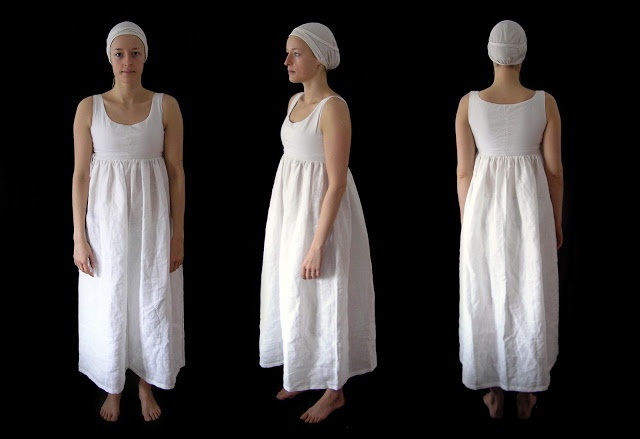Bras: A Cultural Icon Reinvented Through History and Innovation

The bra is one of the most familiar garments in the world, yet its story is anything but ordinary. Beyond its daily role in women’s wardrobes, the bra has been a mirror of cultural change, innovation, and even social protest. From ancient prototypes to smart fabrics of the future, the evolution of bras tells a fascinating story about society’s relationship with the body, identity, and technology.
Ancient Roots and Early Reinventions
Surprisingly, the idea of a bra is thousands of years old. Archaeologists have discovered frescoes from ancient Crete (circa 1400 BCE) depicting women in garments resembling sports bras, designed to provide support while leaving the breasts partially exposed. Fast forward to the Roman era, female athletes wore “strophium,” a band of cloth wrapped around the chest for support during physical activities.
The modern bra, however, owes its existence to a bold reinvention in the early 20th century. In 1914, Mary Phelps Jacob patented the “backless brassiere,” made from two handkerchiefs and a ribbon. Her design liberated women from restrictive corsets, offering comfort without sacrificing support. This was not just an innovation in fashion but a radical shift in how women could dress and move.
Bras as Symbols of Culture and Protest
Throughout the 20th century, bras became deeply entangled with culture and identity. In the 1940s, during wartime, bras were marketed as patriotic purchases, aligning femininity with national duty. The 1950s brought structured “bullet bras,” emphasizing pointed silhouettes that reflected ideals of post-war domesticity.
By the late 1960s and 70s, bras became a symbol of protest. During the women’s liberation movement, the garment was criticized as a tool of oppression, leading to the famous (and often misunderstood) “bra burning” demonstrations. While few bras were actually burned, the symbolism resonated globally-this was about rejecting rigid gender roles and reclaiming autonomy over one’s body.
The Rise of Sports and Everyday Comfort
The 1980s and 90s marked another turning point with the invention of the sports bra. In 1977, three American women stitched together jockstraps to create the very first prototype, later nicknamed the “jockbra.” This innovation transformed women’s athletic participation, giving them the support to run, jump, and train without discomfort. By the 1990s, brands had turned the sports bra into a household essential, ushering in the era of athleisure.
At the same time, lingerie culture was booming. Supermodels walking in extravagant runway shows helped position bras as both practical items and symbols of glamour. Push-up designs, lace embellishments, and daring advertisements redefined the bra as a garment that could inspire both confidence and controversy.
Innovation in Fabric and Technology
In recent years, bras have benefited from rapid innovation in textiles. Memory foam cups, moisture-wicking sports fabrics, and seamless knitting have transformed comfort and fit. Designers are experimenting with adaptive bras that mold to body shape, as well as wireless options that maintain support without underwires.
Perhaps most intriguing is the development of smart bras. Engineers are exploring garments with embedded sensors that can monitor posture, track heart rates, or even provide early detection of breast health concerns. These innovations suggest that bras may soon shift from passive garments into active partners in health and wellness.
Saisei’s Seamless Approach to Sustainability
As consumers grow more conscious of sustainability, bras-like other intimate wear-are being reimagined through eco-friendly design. A standout example is Saisei, a brand known for its commitment to seamless construction and sustainable fabrics. Their bras are crafted to minimize seams and waste, creating smooth lines under clothing while reducing the environmental impact of production.
Instead of chasing disposable trends, Saisei emphasizes durability and timeless design. By using recycled fibers and eco-conscious dyes, the brand creates bras that last longer and align with a growing movement toward mindful consumption. In a market often dominated by fast fashion, this approach highlights how intimate apparel can reflect not only personal style but also personal values.
The Future of Bras
The future of bras is likely to blend style, sustainability, and science. Imagine bras that can adapt their level of support dynamically throughout the day, or that integrate biometric monitoring for fitness and health tracking. Meanwhile, the cultural perception of bras continues to evolve. Younger generations are questioning whether bras should be worn at all, treating them as optional rather than obligatory.
This dual trajectory-toward innovation on one side and liberation on the other-demonstrates the bra’s complexity. It is both a deeply personal garment and a cultural phenomenon, able to spark debates about identity, comfort, and social expectation.
Final Thoughts
The bra has never been just fabric and straps. It has been a corset alternative, a tool of rebellion, a symbol of glamour, and now a platform for technology and sustainability. Its evolution reveals the shifting priorities of each era-comfort, beauty, freedom, and innovation.
Brands like Saisei remind us that the bra’s story is still being written. With seamless designs and eco-conscious materials, they prove that bras can be both beautiful and responsible. Far from a static garment, the bra remains one of fashion’s most fascinating icons-an everyday item with extraordinary significance.




